Wine Trends Impact on Bordeaux and South West France
The wine world is constantly evolving, shaped by changes in consumer behavior, economic pressures and tariffs, and perceptions. Here are five key trends that are affecting South West France’s wine regions and how winegrowers are evolving their wines to adjust to them.
White Wine Growing in popularity
White wine’s popularity is rising – it surpassed red wine last year. Younger consumers find it easier to drink than red. That means the biggest wine appellation in South West France, Bordeaux needs to adjust to changing tastes. More than 80% of the wine produced in the Bordeaux region is red. Overall, global wine consumption is on a marked downward trend after peaking around 2017 and the red wine category is taking the biggest hit.
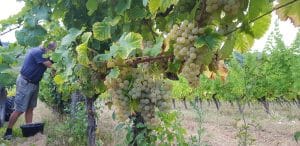 What can producers do?
What can producers do?
Many winegrowers are already making more rosé from their red grapes. At Chateau Feely we are on trend making more Feely Sensualité rosé and Feely Brut sparkling rosé than we did in the past. To get on the white wine trend, longer term, some growers are re-planting with white grapes. This is a long game since new vines will take at least four years to produce. Another option is to make blanc de noir, white wine from black grapes. A few are trying that, like Château Durfort-Vivens a grand cru classé in the Medoc who have created a Blanc de Noir from Cabernet Franc blended with about a third of Muscadelle white grapes.
However, this is not enough to solve the ‘wine-lake’ crisis across the region – many red vines are being grubbed up and not replaced with vines. Farmers are considering grain crops, animal agriculture, solar farms or other perennial cultures like olives. Many trials are on the go.
No and Low Alcohol Wines
The no- and low-alcohol drinks categories are growing. No-alcohol white and sparkling wine can taste good, but I have yet to taste a passable no-alcohol red. If you know of one I’d love to hear about it.
What can producers do?
With warming summers, the typical red wines of South West France are high alcohol, often clocking in at 14% plus. Dialling this back naturally is complicated – if we pick early to get lower sugar levels, the grape flavour may be green pepper instead of dark fruit.
We are happy when we have a cooler vintage like 2021 where it is possible to make delicious lighter reds like Feely Vivacité, a Cabernet Sauvignon that is 12.5% alc and perfect chilled in summer.
It is possible to remove the alcohol from wine – some wine growers in France send their wines to Germany for the process – but it isn’t very eco-friendly or artisanal.
Eco-friendly Wines and Low-Intervention Wines
Another trend is that consumers are increasingly seeking wines that carry eco-friendly certifications like Organic, Biodynamic, Vin Nature, and Vegan certifications. Fortunately at Chateau Feely we have been on this trend since our beginning in 2005 long before it became fashionable.
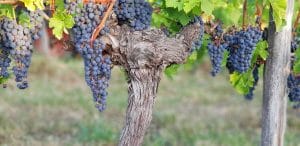 Native Grapes and less known Varieties
Native Grapes and less known Varieties
Indigenous and less known grape varieties are on trend with wine lovers. Late 2020, the INAO approved new grape varieties for AOC Bordeaux/Bordeaux Superieur in small amounts, less than 10% of the blend. Four red grapes—Arinarnoa, Castets, Marselan, and Touriga Nacional—and two white grapes—Alvarinho (Albarino) and Liliorila. In Bergerac Mérille is a grape variety typical of the Périgord and resistant to vine diseases and drought, that has been reintroduced as a secondary grape variety. Fer Servadou has also been allowed as a secondary red grape. Chenin blanc and Ondenc blanc have been approved as secondary white grapes for Bergerac whites.
Economic headwind
For the regions’ wines a new economic headwind is Trump tariffs. The USA was Bordeaux’s biggest export market in 2024 so the Trump tariff – at 15% as I write this post, but who knows what could happen – is a damper. Producers have already had orders cancelled and postponed because importers don’t want to wind up with a massive tariff on arrival. If we were sure it would remain at this rate it would be manageable, but the uncertainty means buyers are understandably jittery.
Conclusion
More than ever winegrowers are looking to diversify, to build local EU markets and to develop wine tourism other trends we have been on for a long time here at Chateau Feely. We are infinitely grateful to our loyal clients, club members and guests that have helped us weather these storms.
A version of this post first appeared in Living Magazine in June 2025.
For more content like this join our mailing list to receive our seasonal newsletter, events, wine pairing, recipes and more info on this topic at the bottom right of this page.
✨You can Visit us all Year Round
We would love to see you at Chateau Feely. Stay in one of Chateau Feely’s delightful holiday houses. Come and learn more about wine at the wine school or with a visit to Chateau Feely in South West France ; stay or do a multi day course or multi day tour or yoga retreat.
📖 Experience the vineyard via the book series
Read about the story of this organic vineyard– the Vineyard Series includes four books – as recommended by the New York Times.
🥂Live the Chateau Feely experience via Exclusive Organic Wines Direct to your Door
Buy Feely wines via the Online Wine Store. Join the Feely family organic wine club for a wonderful community of winelovers, access to exclusive wines, special pricing and many other perks. Or book a fabulous Virtual Wine Tasting Event for you and your colleagues or friends.


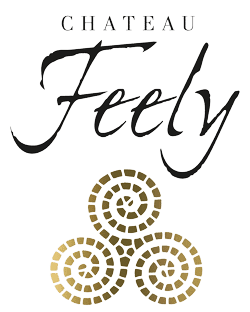




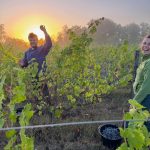
There is still a market for interesting red wines, such as those you produce .. and I always buy organic, or better still biodynamic, when I can. Halve the price Caro, and I promise to buy nothing else 🙂
Absolutely Jerry – You’ll have to visit again with a big car. 😉 Merci!